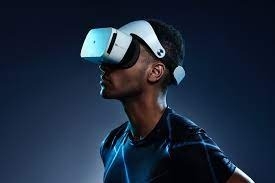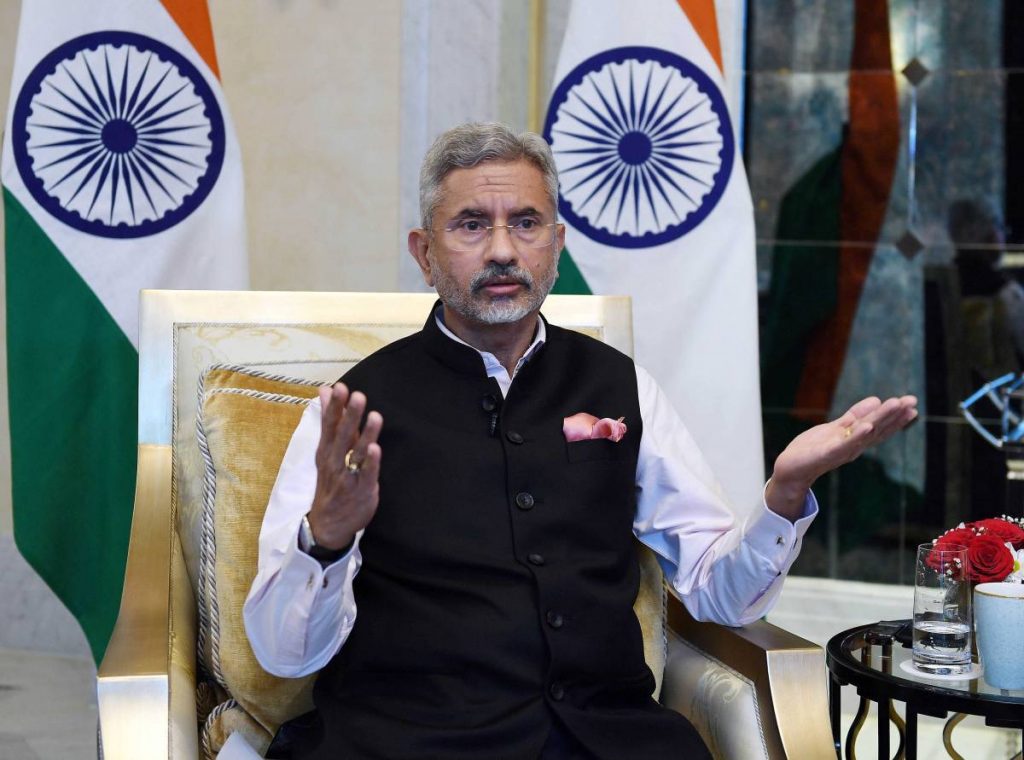Virtual reality (VR) can reduce types of pain typically seen in patients with nerve injuries, and that VR can boost the dysfunctional pain suppression system, a new study suggests.
The study, published in The Journal of Pain, showed that VR can also reduce pain symptoms such as prickling and pain following touch, that are often seen in patients with nerve injury.
“It’s brilliant that we’ve seen these results as it shows more evidence that virtual reality can not only reduce pain perception in human models of chronic pain, but also gives us insight into the mechanisms behind this effect,” said researcher Sam Hughes, Lecturer in Psychology at the University of Plymouth.
“The next step of course is to conduct the study with people who experience chronic pain to see if it works for them,” Hughes added.
According to the researchers, we all feel physical pain in different ways, but people with nerve injuries often have a dysfunctional pain suppression system, making them particularly prone to discomfort.
For the study, the team focussed on conditioned pain modulation (CPM) – a pain inhibitory pathway in humans.
The team previously published work showing that watching soothing 360-degree scenes of the Arctic in virtual reality can help to ease pain symptoms similar to those experienced during sunburn.
The team have also gone one step further and measured VR’s direct effects on CPM.A
CPM is dysfunctional in patients with nerve injury, so by knowing what can enhance its action, scientists can help to stimulate the body’s natural pain inhibiting process, the researchers said.
The findings indicated that 360-degree scenes of the Arctic in virtual reality had an effect on the CPM efficiency, while the 2D versions of the same scenes (described as ‘sham VR’) reduced CPM efficiency.
“If it does work, it could be a really helpful in forming part of ongoing pain management by helping to target the dysfunctions in the brain that underpin chronic pain,” Hughes added.








